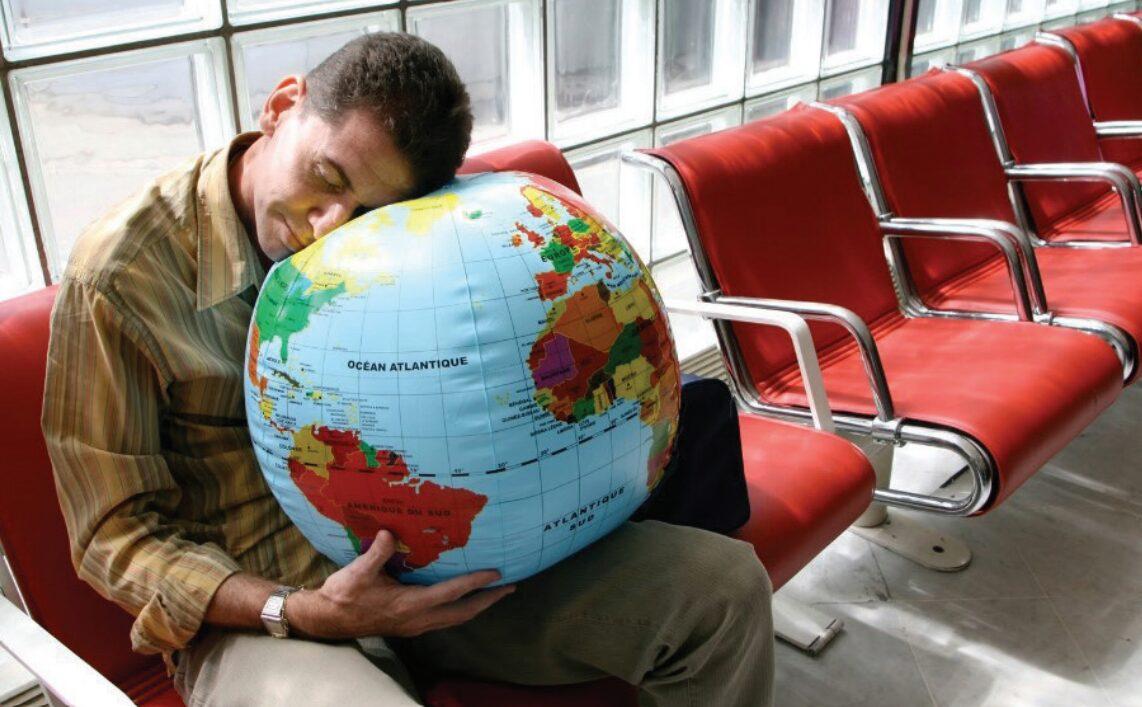
Forests in the ASEAN region are among the most biologically rich and diverse in the globe. Among the world’s known species, the region has the highest average proportion of country-endemic, or naturally occurring, birds (9%) and mammals (11%). It also has the second highest proportion of country-endemic vascular plant species, or plants with tissues for water, minerals, and photosynthesis (25%), compared with other tropical regions in the world (ASEAN Biodiversity Outlook 2, 2017).
This March, the ASEAN Centre for Biodiversity (ACB) joins the international community in celebrating the International Day of Forests, with the theme “Forests and Biodiversity”.
Forests and their rich biodiversity are our life support, providing the oxygen we breathe, our food, water, medicine, shelter, and fuel. More than half of the ASEAN’s population depend on forests for sustenance.
Aside from these ecosystem services, forests also contribute to our health and safety. They are excellent nature-based solutions by purifying water and air, preventing soil erosion, and regulating climate by acting as carbon sinks to mitigate climate change, among others. Forests also regulate diseases, which is especially relevant amid the pandemic the world now faces. It is more difficult for one pathogen to dominate and for disease to spread in healthy forests supporting a great diversity of species, as opposed to degraded and fragmented forests with less biodiversity. Biodiversity-rich forests, thus, help safeguard us from infectious diseases.
Our forests, however, are under threat. From an area of 233 million hectares in 2000, ASEAN region’s forest area decreased to 205 million hectares 10 years later, and to 202 million hectares five years later, in 2015. If not addressed, 1 out of 10 to 2 out of 5 of ASEAN’s forest plant and animal species will be gone by 2100 due to the loss of 70 to 90 per cent of habitats (ASEAN Biodiversity Outlook 2, 2017).
Indiscriminate logging, human expansions into forests, and land conversion, are among the drivers of the loss of forests, not just in ASEAN, but the rest of the world. This results in fragmentation and habitat loss for plants and animals, displacement of indigenous peoples and local communities, and more intense and frequent flash floods, typhoons, and forest fires.
Forest loss may also lead to the spread of pathogens and infectious diseases. A study from the Asia-Pacific Institute for Tropical Medicine and Infectious Diseases in the University of Hawaii associated human exploitation of forests with emerging infectious diseases. Ebola, for example, is linked with logging, hunting, and land conversion. Many of the Ebola outbreaks are in the forest fringes, where humans come into contact with wildlife and pathogens.
Lyme disease, meanwhile, is connected to deforestation and habitat fragmentation. Fragmented forests enable white-footed mice, which act as pathogen spreaders, to move freely. With fragmented forests, there are fewer predators and lesser diversity of species that would otherwise dilute the effect of pathogens.
In the ASEAN region, the ASEAN Member States (AMS) are working to conserve, restore, and sustainably use forests. Their initiatives slowed the rate of forest area decline to 0.26 per cent every year from 2011 to 2015, compared with a 1.2 per cent loss yearly from 2000 to 2010.
The AMS are placing terrestrial areas under protection, many of them forests. So far, 13 per cent of the region’s terrestrial areas are protected and will still be increasing. Among these protected areas are ASEAN Heritage Parks, a network of biodiversity-rich areas with high conservation importance. A variety of forests, from montane and alpine forests in mountains, to mangroves in beaches, are among these heritage parks.
The AMS are also guided by the 2016-2025 Strategic Plan of Action for ASEAN Cooperation on Forestry. Reforestation and the enhancement of sustainable forest management and use of resources are among the plan’s thrusts.
All the AMS have reforestation initiatives that promise to improve the region’s forest cover in the years to come. Strategic tree planting and restoration in particular can bring back lost species. In a forest restoration initiative in Malaysia, for example, the government worked with nongovernmental organisations, and planted tree species bearing fruits edible to orangutans. Eventually, the orangutans returned in the once-burned and degraded forest.
AMS are also actively conserving forests while sustainably using forest resources. These initiatives rightly involve the local communities living in and around the forest area. Often, these local communities also have traditional knowledge and practices on the conservation and sustainable use of biodiversity.
In Vietnam, indigenous knowledge is promoted and practiced in forest management. For example, the H’mong people have specific knowledge on species, forest animals, cultivation, weather cycle, among others.
In Thailand’s West Protected Forests, the government and local community have agreed on a mutual objective: “People can live, forest can exist, tiger can survive.” The community works to look after the forests and observes a mutually agreed forest boundary for their land use, not going beyond that to help conserve forest species.
All these efforts contribute to not just increasing the area of ASEAN’s forests, but also in conserving diverse forest plant and animal species. Let us continue to work for the conservation and sustainable use of our biodiversity-rich forests and strategically restore degraded ones. Forests stretch beyond nations’ borders, and on the contrary, deforestation breaks forests’ connectivity and may enable the spread of pathogens, among other risks. Let us coordinate and cooperate to ensure this connectivity among our forests. Through these actions, we safeguard not just our forests, but our lives and our health as well.
—
Stay updated with news and information from the ASEAN Centre for Biodiversity https://aseanbiodiversity.org.






